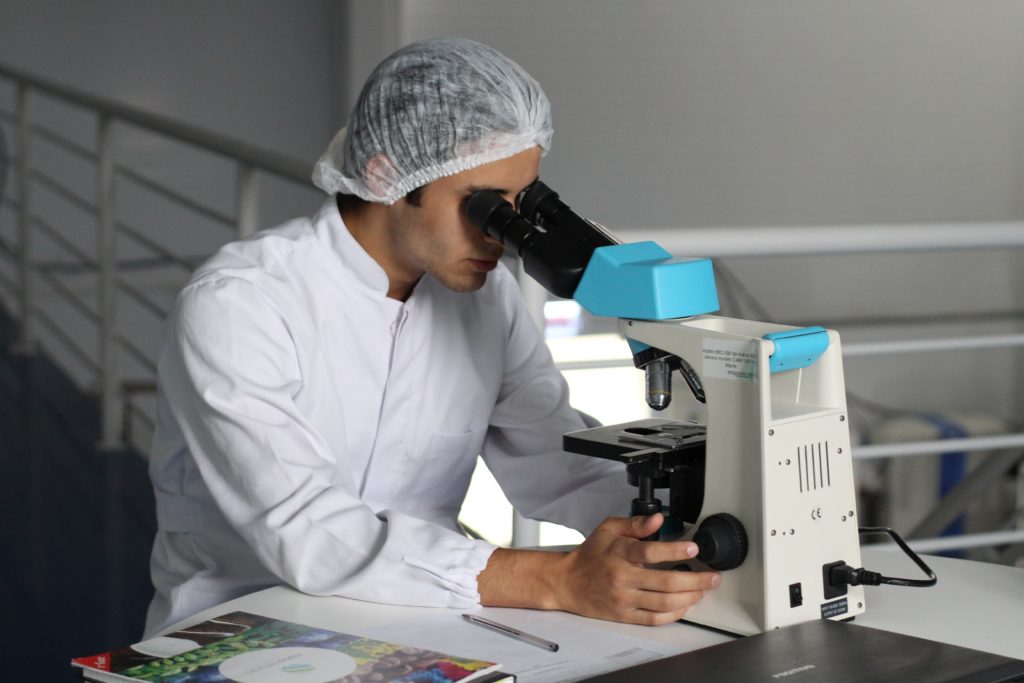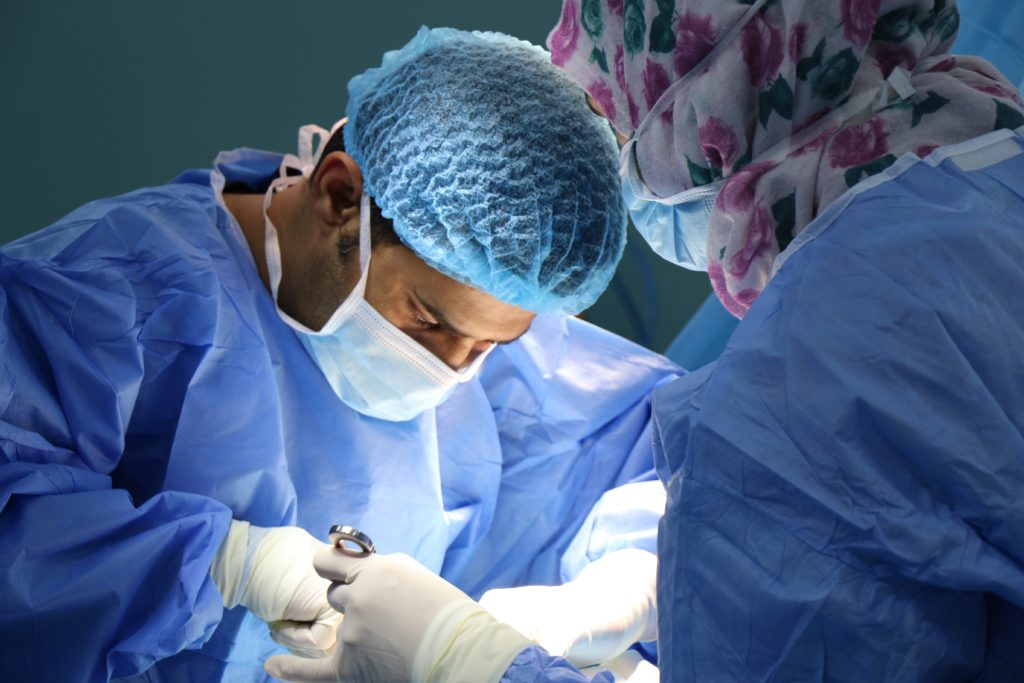Skin Cancer may occur anywhere on the body, but it is most common in areas that are most often exposed to the sun such as face, neck, arms, and hands. The most common types of skin cancer are basal cell carcinoma and squamous cell carcinoma, which are nonmelanoma skin cancers. These types rarely spread to other parts of the body. Melanoma, which is becoming more common, is more likely to spread to other parts of the body if not caught early. Actinic Keratosis is an skin condition that may become Squamous Cell Carcinoma if left untreated. Treatment options for skin cancer and precancerous skin lesions may vary depending on the size, type, depth, and location of the lesions. If the lesion is an early skin cancer, further treatment beyond a biopsy may be minimal. If more extensive treatment is needed, options may include:

Cryotherapy
This destroys by freezing the cells associated with actinic keratosis (precancerous condition that can lead to Squamous Cell Carcinoma) and some small early skin cancers.
Excisional Surgery
This type of treatment may be appropriate for any type of skin cancer. The cancerous tissue and a margin of healthy skin is cut out. A wide excision, removing extra normal skin around the tumor, may be recommended vs. a narrow margin with Mohs micrographic surgery.

Mohs Micrographic Surgery
This type of skin surgery is used in areas where it is necessary to conserve as much healthy skin as possible, such as a skin cancer on the nose. During this surgery, the doctor removes the skin cancer lesion layer by layer, viewing each layer under a microscope until no cancerous cells remain. This allows the cancerous cells to be removed without taking an excessive amount of surrounding healthy skin and offers the highest cures for skin cancer. We are known to explain it this way: “the smallest possible hole with the highest chance for cure.”
ED&C- Elecrodesiccation and Curettage, or Curettage alone
After removing most of the skin carcinoma, the rest of the cancer cells are scraped away using a device with a circular blade (curette). An electric needle may be used to cauterize and destroy any remaining cancer cells.

Chemotherapy
Certain medicines may be used to kill cancer cells. Topical chemotherapy such as creams or lotions may be used for cancers limited to the top layer of the skin. Systemic chemotherapy can be used to treat cancers that have spread to other parts of the body.
Biological Therapy
These stimulate your immune system in order to kill the cancer cells.
Schedule a Skin Cancer Screening
If you have concerns with the health of your skin or need further information on Skin Cancer types, treatment, or prevention, please feel welcome to call High Valley Dermatology.




